How To Drill Tiles
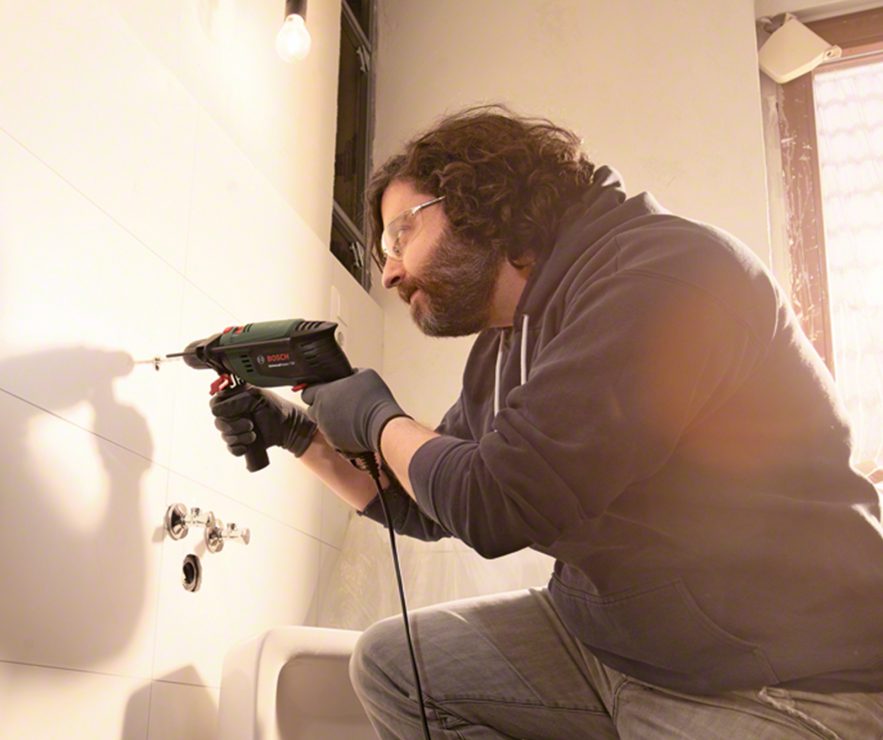
Complete Guide To Tile Drilling
If you need to drill into some kitchen or bathroom tiles, whether you’ve recently had a complete refurbishment or are upgrading some older decor, the prospect can be a little daunting. If you’ve had a go already you might have found that the drill bit slips and slides all over the glossy surface, making it impossible to get it accurately positioned. What’s more, unlike other walled surfaces around your home, tiles aren’t particularly forgiving of errors. It’s hard to cover up any mistakes once you’ve drilled your holes, and in the worst case scenario you can crack the tile, meaning it will need to be replaced. But luckily our guide on how to drill tiles will show you a few useful tips and tricks, while pointing out some of the tools that can help you achieve a perfect result.

How To Drill Tiles: Drill Bits
While the common HSS drill bit will penetrate lots of materials around the home without issue, it won’t be much help to you here. To drill into tiles you need something with a much harder tip, like tungsten carbide or diamond grit. Diamond drill bits are ideal for tiles as they will bore through even the toughest types, such as porcelain, and while you might assume they are a premium option they can be fairly affordable if you only need one or two sizes. You can see the entire range of tile drill bits we stock in the Glass & Tile Drill Bits category on the Tooled Up site.
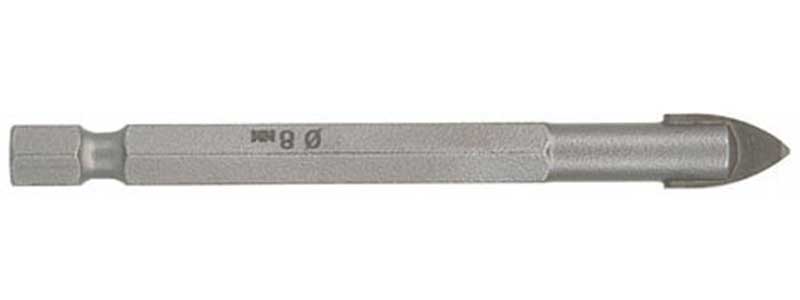
Staying Cool
Even with a toughened drill bit, drilling into tiles can take a while, and the friction will start to generate lots of heat, which in turn will take the edge off your drill bit and stop it from working effectively. Therefore, you ideally want to find some way of reducing this heat, and there are a number of options. The simplest way is probably to use a self lubricating tile drill bit like the Sirius Pro 2 Diamond Ultra Hard Procelain Drill Bit. These bits have a miniature reservoir of coolant built into them which gradually melts as the tip is ground down and ensures continuous lubrication until the bit is worn out. These types of bits are often known as “dry” tile bits, as they can be used without any additional lubrication, but the other options should be used with coolant to ensure optimum results and to prolong the lifetime of the tool.
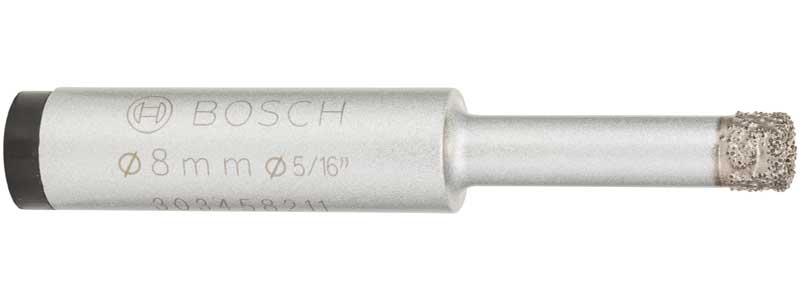
You can do this with nothing more elaborate than a container of water, by simply wetting the bit from time to time to cool it down, but you can also get special tile drilling guides which channel water directly into the target area to provide continuous lubrication. Accessories like the Vitrex Wet Diamond Tile Drilling Guide and the associated Water Coolant Bottle also provide you with handy drilling guides to keep your bit centred, an issue which we’ll address next.
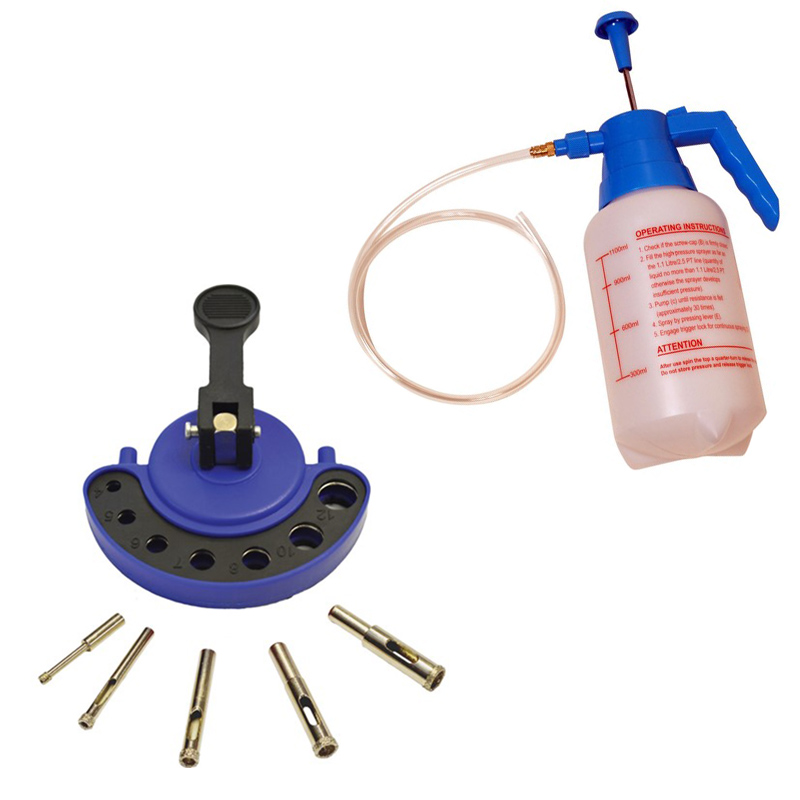
How to Drill Tiles Accurately
That smooth, slippery surface is great at repelling water but it also means there is very little for your drill bit to bite into, with the result that it will skid and slide way off your carefully prepared mark as soon as you go to drill into it, unless you have made additional preparations. The aforementioned tile drilling guide is one way to do this – some versions are equipped with a row of holes that correspond to the most common drilling diameters, and it’s just a case of lining the correct hole up and sticking the guide in place, while others have an adjustable centre which is ideal for larger accessories like diamond grit hole saws. Tile drilling guides can provide a handy all in one solution to the problem but don’t worry if you don’t have one, or don’t want to buy one. You can also get accurate results by using a couple of strips of masking tape: simply stick these over your tile and you’ve got a textured surface in which to start the drill off without it wandering off course.
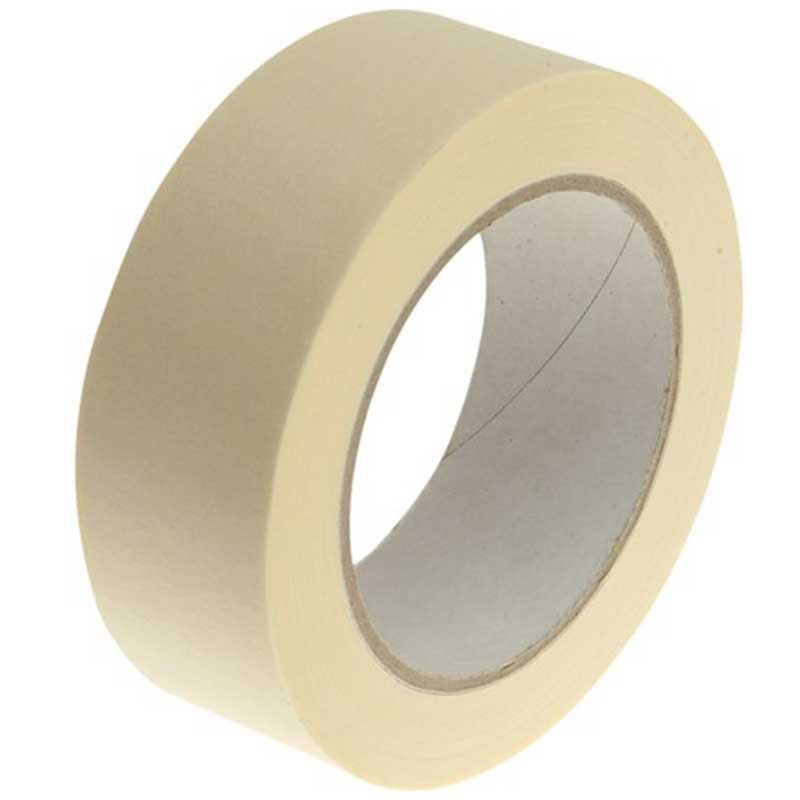
As with many other drilling scenarios, you may find it much easier to accurately position your drill bit if you first drill a smaller pilot hole which serves to guide it in place, though note this will only work with drill bits that have pointed tips, rather than the cylindrical diamond grit types.
How to Drill Tiles without Cracking them
Most types of drill will work fine on tiles, and as long as you’ve got good control over the speed and can hold the machine comfortably you should be good to go. However, even though many carbide tipped tile drill bits may look like a masonry drill bit that you’d use for hammer drilling, you will want to make sure that if your drill has a hammer action, you switch it off before starting work! To prevent cracking the tile, you just want to cut into it with a plain rotary action. You may need to drill into a hard substrate beneath the tile, in which case you can switch the hammer action on once you’re through, but exercise extreme caution: you will need to keep the drill straight and level and maintain a steady, controlled pace to avoid any accidental impacts or excessive vibration. It may be tempting to just squeeze the trigger and pound your way through at this stage but you won’t have saved any time if you end up needing to replace the whole tile afterwards.
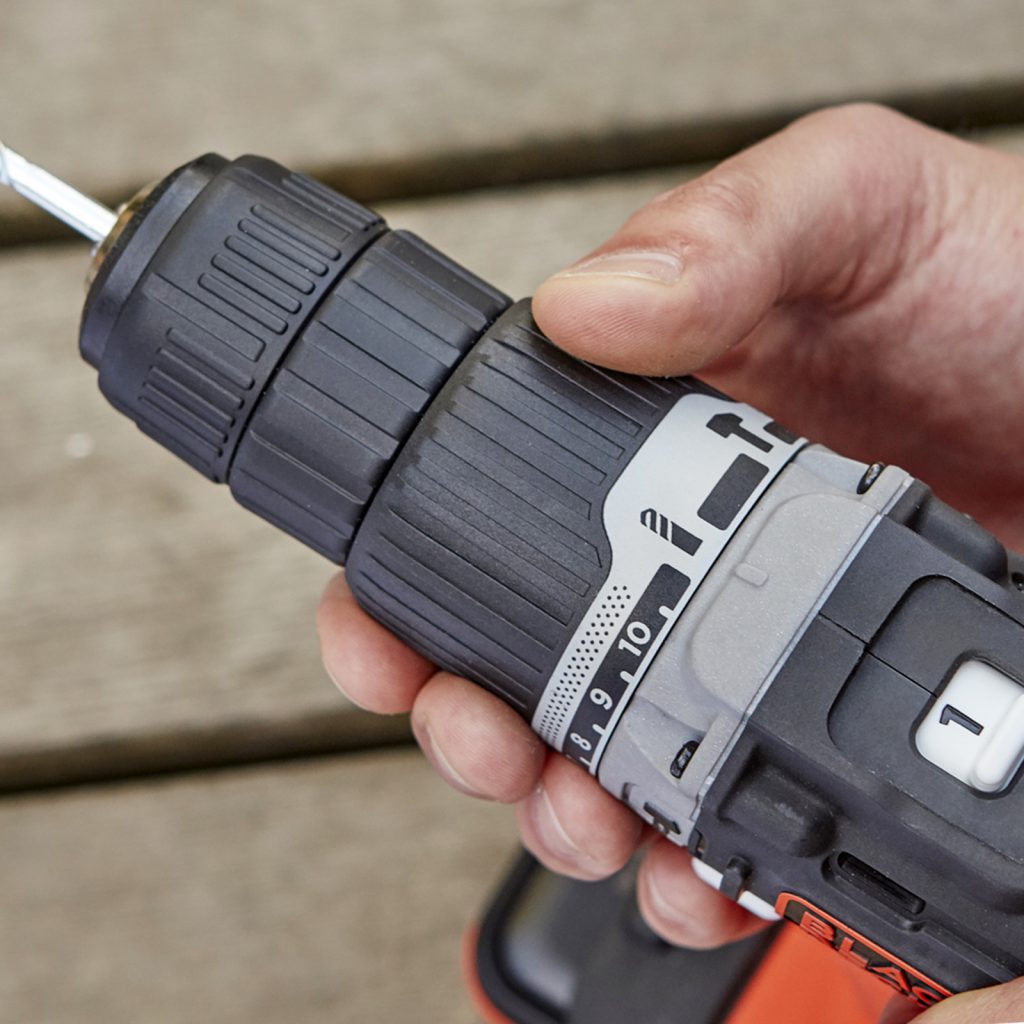
How To Drill Tiles Safely
As when using any power tool, there are safety considerations to bear in mind when drilling tiles. Before doing anything, you will need to make sure there is nothing routed behind the tile, such as a water pipe or electrical cable. If you are using water to cool your drill bit, remember that water and electricity is a dangerous combination: be extremely careful to keep this away from the drill itself, and make sure there is no risk of spilling it onto the machine or into the work area. Lastly, remember to wear appropriate PPE, such as a dust mask to protect your lungs against any drilling dust generated, and especially a pair of safety glasses to protect your eyes from any airborne debris.
Categories mentioned in this article:
